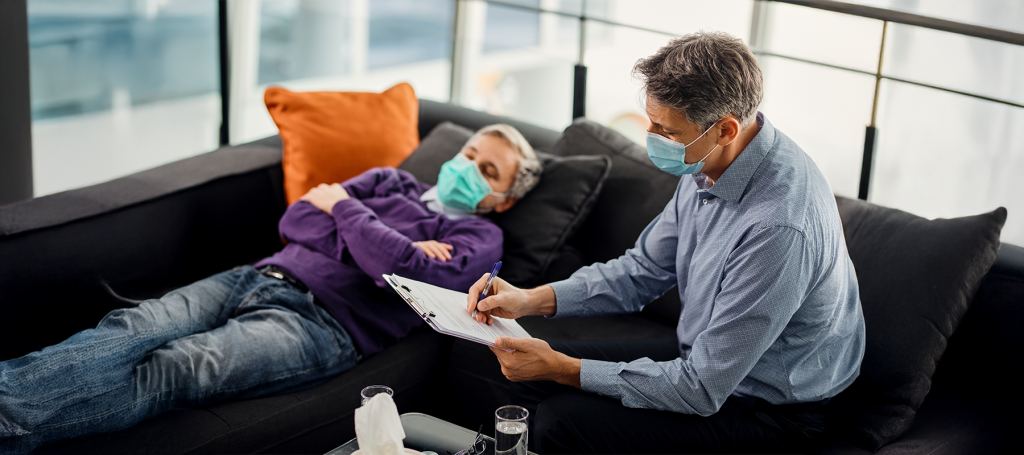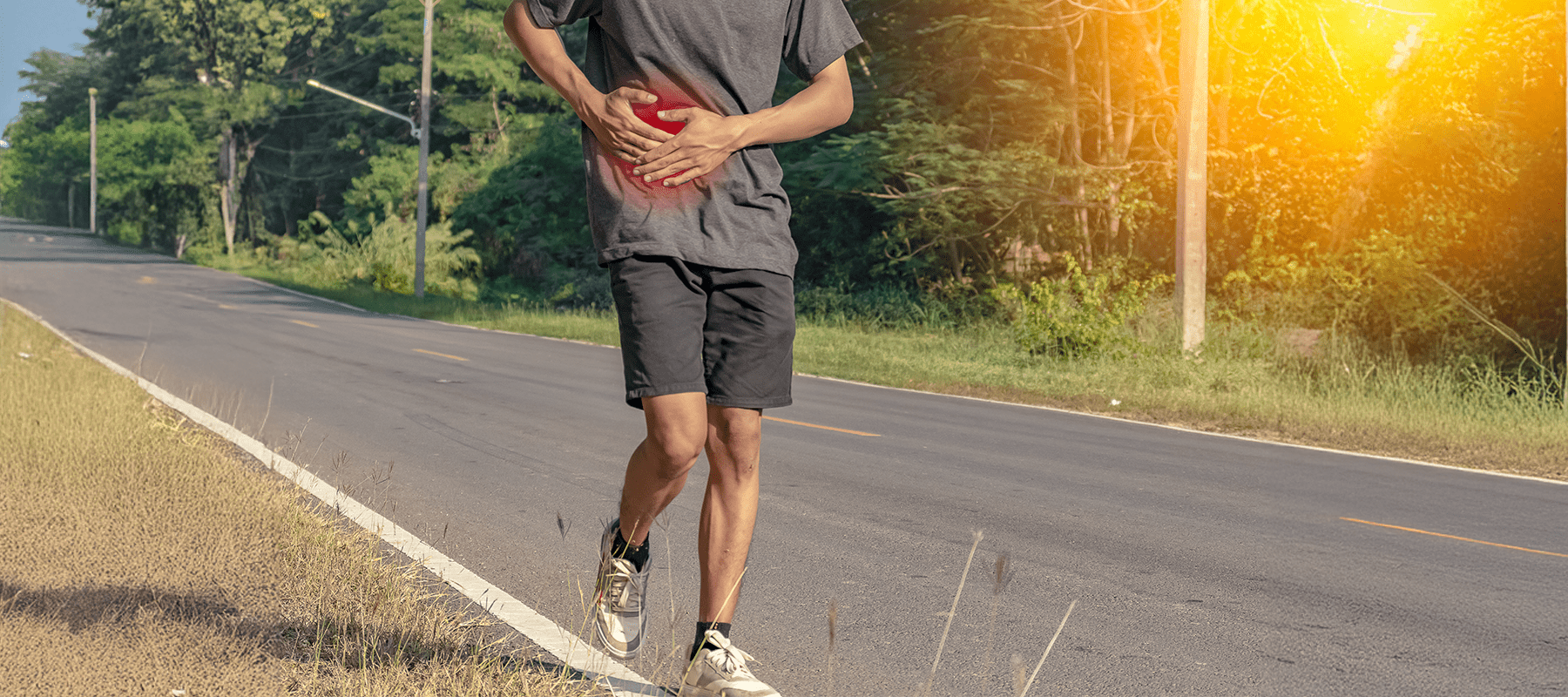Have you ever wondered if heatwaves are posing as the silent sizzle and quietly hurting our kidneys? I’ll explain with my example. Like many of us, I even took the summer of 2003 as the wake-up call. The unforgiving, relentless sun and the sweat dripping down our backs send a different message – a deeper, more insidious feeling about something fundamental is shifting.
Being a public health researcher, I felt the unease that became my stark realization about the silent toll the heatwaves are taking on our kidney health. So, I set myself to notice the patterns in the news, anecdotes from medical colleagues, as well as in my own community – my efforts draw the conclusion to suggest a hidden crisis.
Although hearing about heatstroke is nothing new, the subtle yet serious heatwave health effects on our kidneys are very rarely discussed. Perhaps it is among the major reasons for the surge in ER visits due to heat stress, which unfortunately goes unnoticed. Now this under-reporting of this serious public health threat signifies that we have just been aware of the tip of the iceberg in relation to heat-related illness.
The hidden health consequences of extreme heat on kidney function
After a conversation with an emergency room physician friend, I started my journey into understanding the hidden health effects of extreme heat on kidney function. My friend had recounted a significant uptick in patients showing severe dehydration – after closer examination, most of them started developing acute kidney injury (AKI). In her explanation, it is not always a dramatic heatstroke case.
Often it turns out to be someone who has been subtly dehydrated for several days, say an elderly person living without air conditioning, or else an outdoor worker. It’s that their kidneys just began faltering. Such a personal insight underscored a crucial point – extreme heat causes more than immediate crises – it starts to gradually erode kidney function. The overall burden of heat-related illness is far higher compared to the suggested headline symptoms.
The clear fundamental medical relationship between heatwaves and kidney injuries is prolonged exposure because of high temperatures, which further causes excessive sweating and ultimately fluid loss. But this fluid should be adequately replaced to save blood volume from decreasing so that blood flow to the kidneys does not reduce. If the blood (rich in oxygen and nutrients) supply diminishes, then kidney cells will be damaged. Next, it will result in kidney injury dehydration. Now, in my view, this accounts for a significant yet often overlooked aspect of climate health risks.

Why are kidney-related dehydration injuries during heatwaves under-reported?
This question takes us to the perplexing challenge of tracking these cases. My friend’s observations brought a systemic issue into the limelight – the kidney injury dehydration cases are often under-reported in the U.S public health statistics. The reason is that the primary diagnosis in the ER could be “dehydration”, “electrolyte imbalance,” or even “fatigue” rather than a direct heat-related kidney injury.
The connection to the heatwave health effects is not always explicitly coded or tracked. Through this diagnostic ambiguity, it is clear we are missing a crucial piece of the puzzle, which underestimates the true burden of ER visits due to heat stress and the true scope of heart-related illness. As a result, the public health officials often lack precise data for implementing targeted interventions, thus everything makes the climate health risks even more insidious.
How can urban cooling help in mitigating the rising kidney injuries?
As I became aware of this hidden crisis, I could champion proactive solutions, especially the urban cooling initiatives. Let us imagine a city with abundant green spaces, where reflective pavements bounce sunlight away rather than absorbing it, and where accessible cooling centers are a given factor.
Recently, I visited a city that has taken seriously implementing urban cooling strategies. The entire plan is planting thousands of trees along the busy streets and converting asphalt playgrounds into permeable green spaces. The compelling anecdotal evidence from residents is that they felt a noticeable temperature difference, particularly during peak heat hours.
These solutions stressed more than comfort; they are about preventing serious medical conditions. So, reducing the ambient temperatures directly reduces the physiological stress on the body, hence reducing the possibilities of kidney injury dehydration, and subsequent ER visits due to heat stress. This proactive approach has become a cornerstone for mitigating climate health risks.
The connection between rising temperature, dehydration, and chronic kidney damage
The concern goes beyond all acute events. The long-term exposure to repeated heat stress and chronic dehydration will contribute to chronic kidney disease, particularly among vulnerable populations. We’ll cite the outdoor workers who face an elevated risk. After I had interviewed a construction worker who shared his struggling account during the summer months, I learned that he often pushes through thirst to meet deadlines.
Now, the escalating heatwave health effects even fuel these repeated instances of severe dehydration. Slowly and surely, their kidney function starts degrading over time. This demographic consists of the elderly, low-income communities that lack air conditioning, as well as those with pre-existing conditions who are placed at the highest risk. To effectively prevent heat-induced illness, it’s crucial to understand how extreme heat affects long-term kidney health.

Public health responses and city-level strategies
Data gaps are all real, but several cities have started to step up. Often, the public health responses cover establishing the cooling centers, issuing heat advisories, and distributing water. Nevertheless, the prime need is a more robust city-level strategy focusing on urban cooling. For instance, a few cities have taken to experimenting with cool roofs and permeable surfaces, while others are making investments in large-scale tree planting campaigns. These initiatives have helped in representing a tangible redemption, moving beyond any reactive measures to proactive climate resilience.
Gaps in the present ER data tracking and proposed solutions
Better data is the main requirement for truly tackling this. So, I propose to standardize medical coding for heat-related kidney injuries. A specific code connecting kidney injury directly to heatwave health effects or extreme heat exposure is needed. Furthermore, the public health departments could implement a real-time syndromic surveillance that flags spikes in dehydration-related ED visits during heatwaves. Perhaps, this might provide a clearer picture of ER visits due to heat stress and the real prevalence of kidney injury dehydration.
Climate resilience and urban cooling technologies for preventing hospitalizations
Prevention is the ultimate goal. Coupled with broader climate resilience strategies, urban cooling is the key to preventing hospitalizations from heat-induced dehydration. Investing in green infrastructure, promoting water-efficient landscaping, and developing smart cooling solutions for buildings are environmental initiatives and even vital public health interventions that help to directly reduce climate health risks. I have a personal opinion here – these investments come up with a tremendous return in terms of saved lives and reduced healthcare costs, thereby significantly reducing the impact of severe heat-related illnesses.
Coming to the conclusion,
The silent toll of heatwaves on kidney health is being considered as a serious and growing challenge in the USA. While often overlooked, the surge in ER visits due to heat stress, because of kidney injury, dehydration demands that we give it immediate attention. Nevertheless, this problem has a solution. We need to enhance data tracking and, above all, take up widespread urban cooling initiatives to mitigate these severe heatwave health effects.
The time has come when we have to be serious about recognizing and addressing the climate health risks as both an environmental imperative and a direct investment in the health and well-being of our communities. The motive is to safeguard our kidneys. One cool street at a time.
132














